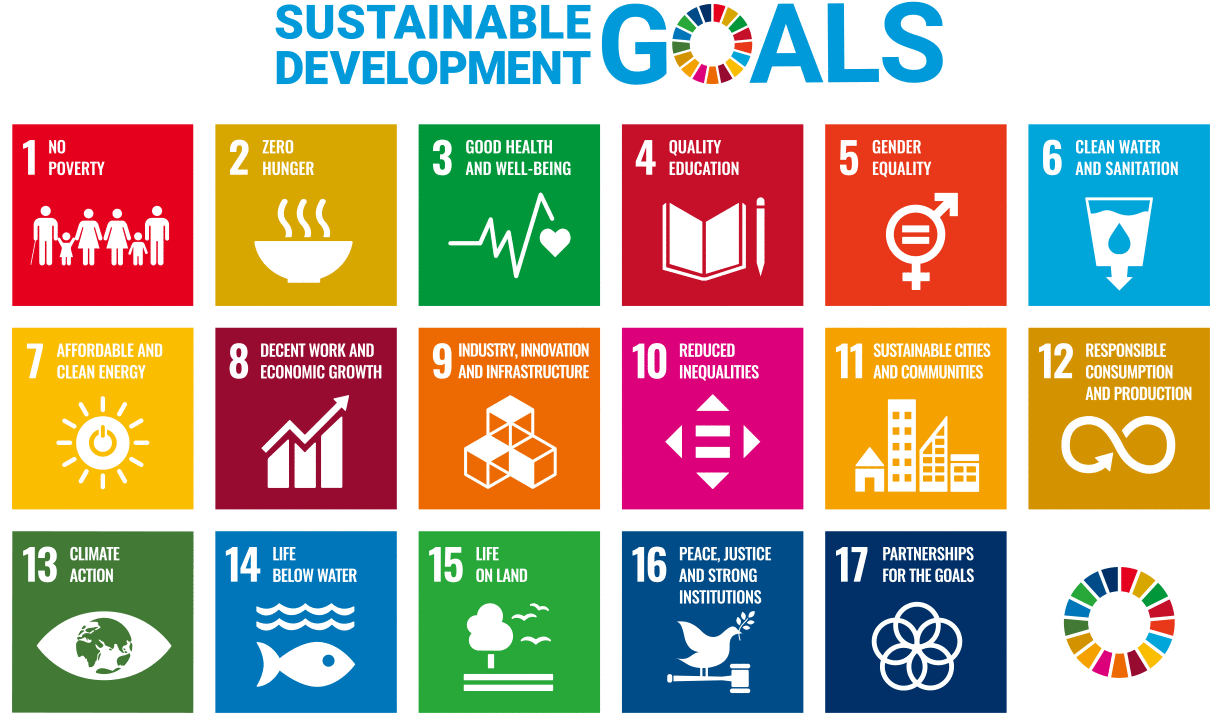- Sustainability
- Suzuki Sustainability
-
Materiality
- Message from the President
- Corporate Philosophy
- Corporate Policy
- Basic Policy and Promotion Structure
- Materiality
- Policy for Stakeholders
- External Assessment of Sustainability
Materiality
Defining Materiality (Key Issues)
In identifying our materiality, we remained mindful of “focusing on the customer” as stated in our Mission Statement and considered how to contribute to society and customers by solving issues, dividing the issues broadly into two groups: issues to be solved through business and issues for strengthening the business base. We will promote our future initiatives by using the newly identified and organized materiality as the basis of Suzuki’s sustainability policy. Following the formulation of the Mid-Term Management Plan, announced in February 2025, we performed a review of our current materiality (key issues) by giving consideration to changes in the environment surrounding our business.
Steps in defining materiality
| Step 1 |
Identify issues by using various indicators specified in the ESG guidelines, such as the GRI Standards and SASB Materiality Map, as reference. |
|---|---|
| Step 2 |
Check their alignment with the issues specified in the Mid-Term Management Plan at the Corporate Planning Department and other sustainability-related departments. |
| Step 3 |
Check their adequacy and completeness by examining their significance from the perspective of stakeholders through engagement with ESG investors, environmental NGOs, and ESG rating agencies. |
| Step 4 |
Specify materiality by discussing the adequacy and completeness of the identified issues at the Executive Committee. Verify the significance of these issues depending on the nature of each, and confirm the appropriate method of disclosure. |
| Step 5 |
Discuss and approve the materiality at the Board of Directors. |
Materiality matrix

Efforts for SDGs
The Suzuki Group supports the SDGs* and will actively fulfill its responsibility to address issues where it can help to achieve goals through its business activities.
Suzuki has contributed to developing and popularizing environmentally friendly compact cars and creating jobs in emerging countries. Through business activities that take advantage of Suzuki’s strengths, Suzuki will help to solve social issues in tandem with generating profits. Suzuki aims to contribute to a sustainable society and achieve profit growth in a well-balanced manner.
* SDGs (Sustainable Development Goals): adopted by the United Nations in 2015.

Through our business
For the natural environment
- Reduction in the amount of CO2 emitted
- Air conservation
- Water resources
- Recycling of resources
- Biodiversity
- Suzuki Clean Ocean Project
For a better life for people
- Promotion through products
- Product quality
- Efforts for safety technologies
- Initiatives to solve community issues
- Alliance with Toyota Motor Corporation, CJPT collaboration
- Co-creation with various business partners
Through strengthening the business base
Issues related to systems and mechanisms
- Corporate governance
- Compliance
Human-related issues
- Respect for human rights
- Occupational health and safety
- Health management
- Human capital development
- Diversity of human capital
Through our community contribution activities
- Forest conservation activities
- Traffic safety activities
- Educational support activities
- Disaster relief activities

 Japan
Japan
